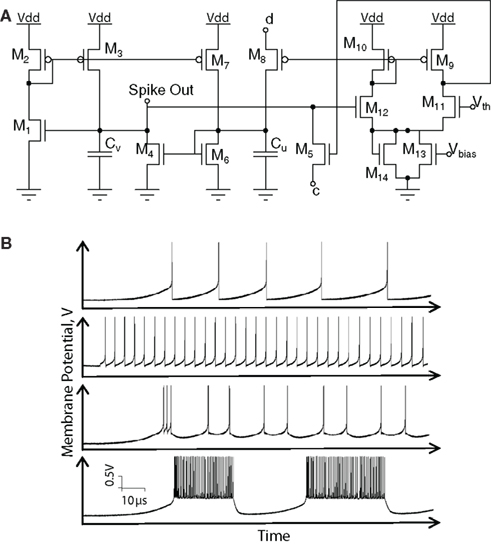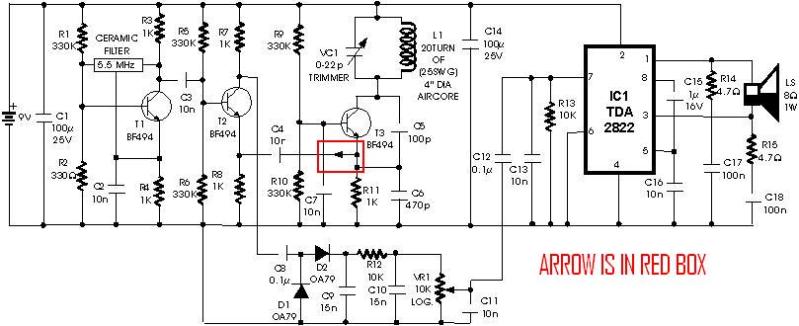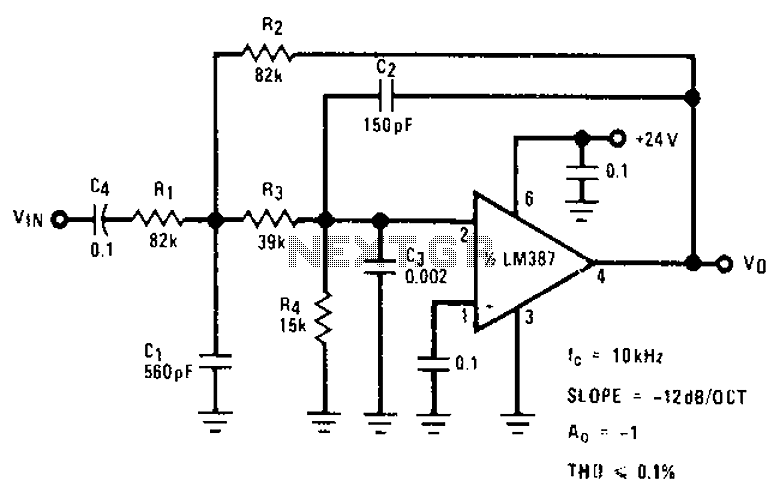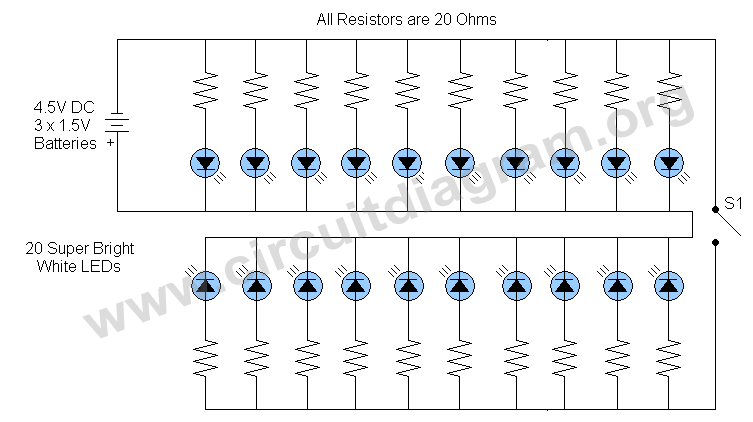
SW Receiver Preselector Circuit
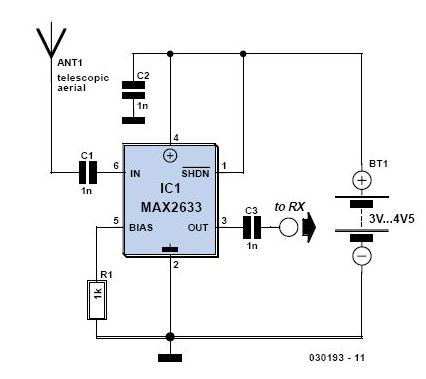
This is a preselector circuit designed for shortwave (SW) receivers, specifically a do-it-yourself (DIY) high-frequency preselector. The circuit employs a modern low-capacitance MOSFET with two gates, which generates a negative inverse reaction through an uncoupled source resistor. When applied correctly, this technique facilitates the creation of an RF stage with a relatively high dynamic range. In contemporary radio amateur practices, the ability to manage high-level signals is essential to prevent receiver overload and intermodulation issues caused by strong incoming signals. Unlike the input sections found in many high-quality SW receivers, this design can handle RF input signals up to 2.5 V peak-to-peak (Vpp), with the circuit accommodating 3 Vpp at a 50-ohm impedance. The adjustment capacitor C1 controls the overall amplification, primarily through the resonance of the LC network at the circuit's input. The six input coils are wound on high-quality ceramic cores with diameters of at least 10 mm. A ferrite bead is placed at the gate 1 terminal of the MOSFET (T1) to prevent parasitic oscillations in the VHF and UHF bands. The output coil (L7) consists of 20 turns (A) and 4 turns (B), wound on a ferrite core of the G. 2-3/FT16 type.
This preselector circuit is particularly beneficial for enhancing the performance of shortwave receivers by filtering unwanted signals and improving selectivity. The use of a low-capacitance MOSFET allows for efficient signal processing while maintaining a high dynamic range, which is crucial for receiving weak signals in the presence of stronger ones. The design's ability to handle up to 2.5 Vpp input signals ensures that it can effectively manage strong incoming RF signals without distortion or overload, a common issue in many conventional receivers.
The adjustment capacitor C1 plays a pivotal role in tuning the circuit, allowing the operator to optimize the amplification based on the specific frequency being received. The LC network's resonance is critical in this regard, as it determines the frequency response and selectivity of the preselector. The six input coils, crafted with precision on high-quality ceramic cores, contribute to the circuit's overall performance by providing stable inductance values and minimizing losses.
Incorporating a ferrite bead at the gate terminal helps mitigate high-frequency noise and prevents unintended oscillations, which can degrade performance in sensitive RF applications. The output coil configuration, with its specific turn ratios, is designed to match the impedance of the subsequent stages effectively, ensuring maximum power transfer and minimal signal degradation. This comprehensive approach to circuit design makes the preselector an invaluable tool for radio amateurs seeking to enhance their shortwave receiver capabilities.This is a Preselector for SW receivers (diy hf preselector) circuit. The entry low capacitance of MOSFET modern, with two gates, will create negative inverse reaction through a uncoupled source resistor. Applied right this technique allows the creation of a entrance RF stage field with a relatively high dynamic range.
Radio amateur working on shor t wave: there is no need to tell, in the days of our times, the ability to face the signals of high level is a necessity for preventing overload of the receiver and intermodulations caused by very strong signals. Unlike of entry sections in many SW high quality receivers, this schematic has no difficulty in handling RF input signals up to 2.
5 Vvv. In this case we have 3Vvv on an impedance of 50 ©. Adjustment capacitor C1 determines the global amplification, which is mainly because because LC network resonance at the circuit input. The 6 entrance coils are coiled on ceramic dcores of very high quality with diameters of at least 10 mm.
Ferrite pearl is located right on the terminal gate 1 of T1, for a preventing parasites oscillations in the VHF and UHF bands. Output coil L7 is 20 turns (A) and 4 respectively turns (B) coiled on a ferrite core ring type G. 2-3/FT16. 🔗 External reference
This preselector circuit is particularly beneficial for enhancing the performance of shortwave receivers by filtering unwanted signals and improving selectivity. The use of a low-capacitance MOSFET allows for efficient signal processing while maintaining a high dynamic range, which is crucial for receiving weak signals in the presence of stronger ones. The design's ability to handle up to 2.5 Vpp input signals ensures that it can effectively manage strong incoming RF signals without distortion or overload, a common issue in many conventional receivers.
The adjustment capacitor C1 plays a pivotal role in tuning the circuit, allowing the operator to optimize the amplification based on the specific frequency being received. The LC network's resonance is critical in this regard, as it determines the frequency response and selectivity of the preselector. The six input coils, crafted with precision on high-quality ceramic cores, contribute to the circuit's overall performance by providing stable inductance values and minimizing losses.
Incorporating a ferrite bead at the gate terminal helps mitigate high-frequency noise and prevents unintended oscillations, which can degrade performance in sensitive RF applications. The output coil configuration, with its specific turn ratios, is designed to match the impedance of the subsequent stages effectively, ensuring maximum power transfer and minimal signal degradation. This comprehensive approach to circuit design makes the preselector an invaluable tool for radio amateurs seeking to enhance their shortwave receiver capabilities.This is a Preselector for SW receivers (diy hf preselector) circuit. The entry low capacitance of MOSFET modern, with two gates, will create negative inverse reaction through a uncoupled source resistor. Applied right this technique allows the creation of a entrance RF stage field with a relatively high dynamic range.
Radio amateur working on shor t wave: there is no need to tell, in the days of our times, the ability to face the signals of high level is a necessity for preventing overload of the receiver and intermodulations caused by very strong signals. Unlike of entry sections in many SW high quality receivers, this schematic has no difficulty in handling RF input signals up to 2.
5 Vvv. In this case we have 3Vvv on an impedance of 50 ©. Adjustment capacitor C1 determines the global amplification, which is mainly because because LC network resonance at the circuit input. The 6 entrance coils are coiled on ceramic dcores of very high quality with diameters of at least 10 mm.
Ferrite pearl is located right on the terminal gate 1 of T1, for a preventing parasites oscillations in the VHF and UHF bands. Output coil L7 is 20 turns (A) and 4 respectively turns (B) coiled on a ferrite core ring type G. 2-3/FT16. 🔗 External reference
